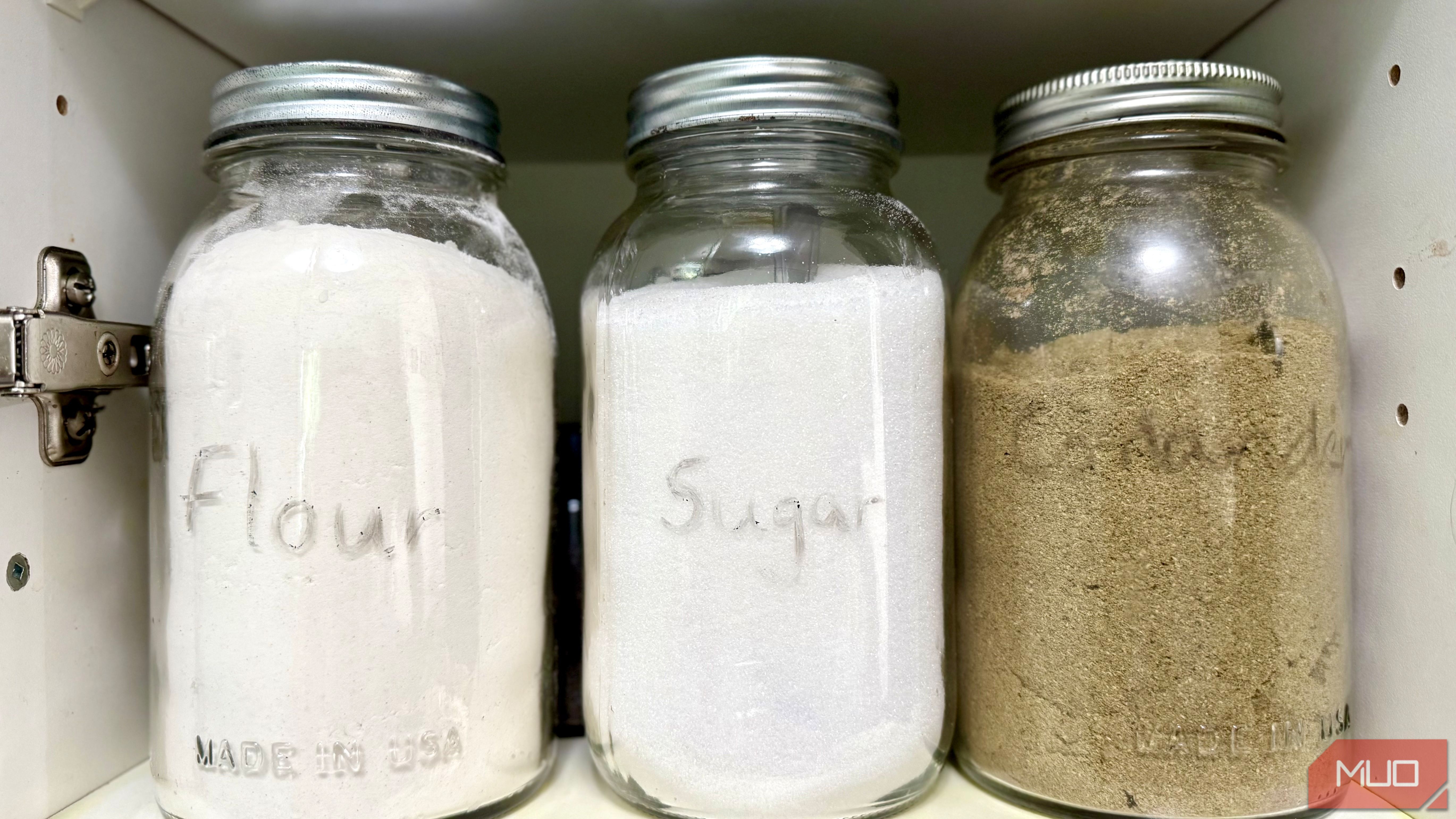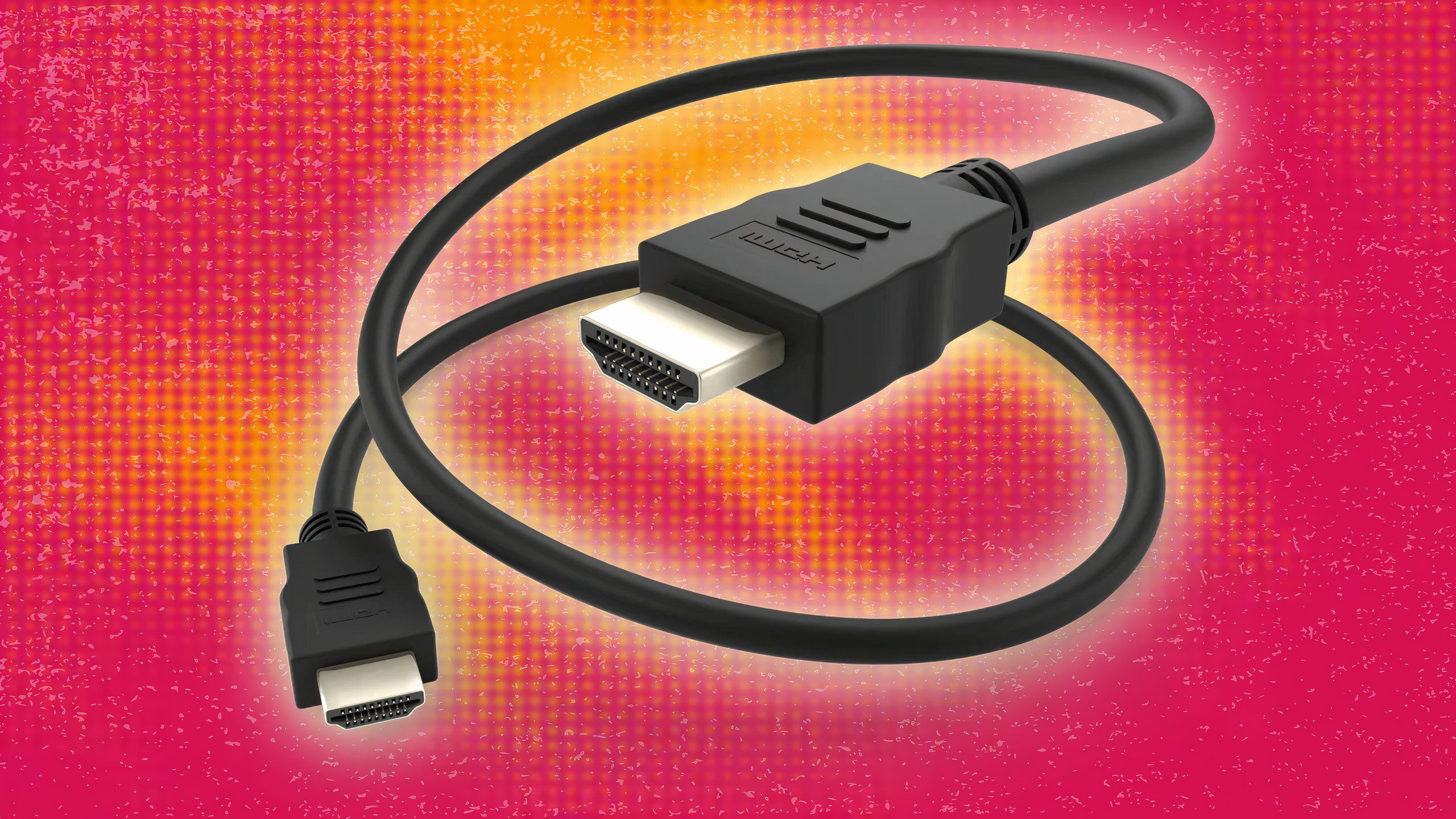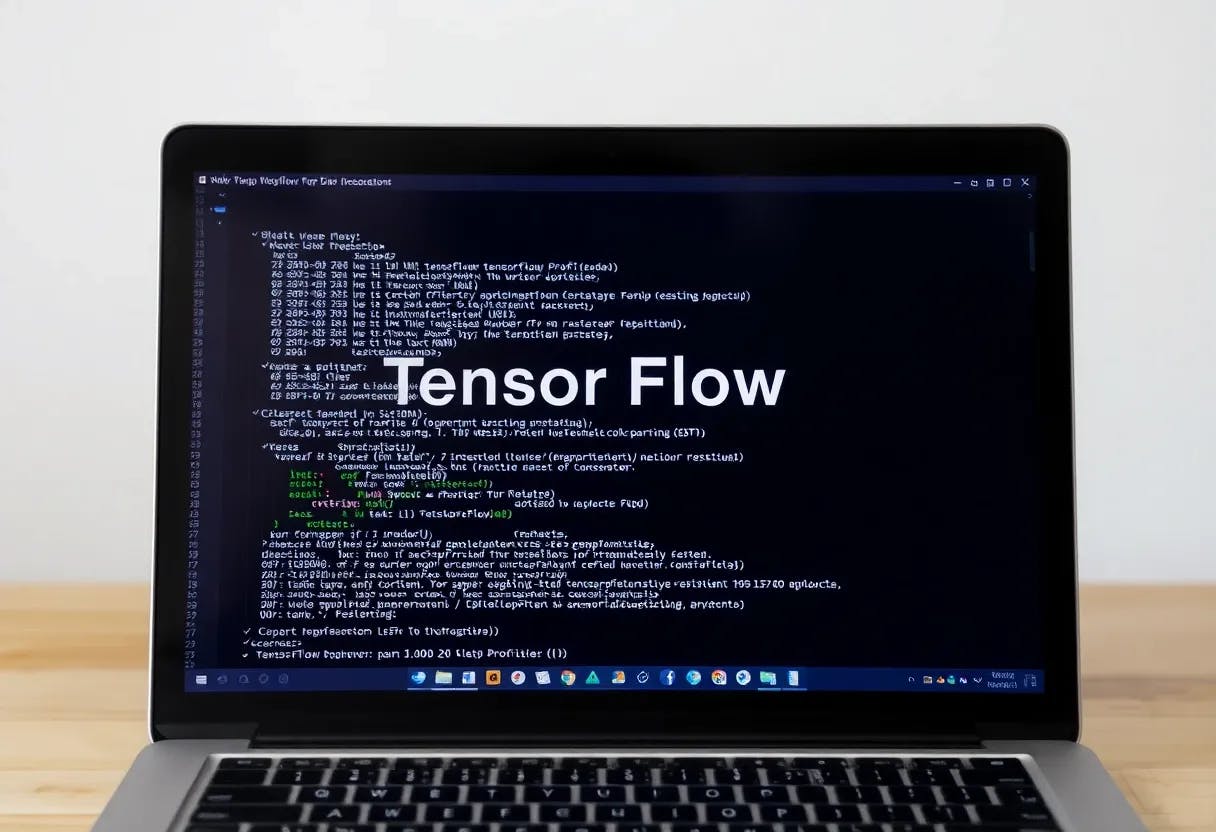I use a lot of spices in my kitchen, and my pantry is always cluttered and unorganized. The thought of spending hours creating labels always puts me off. But recently, I found a simple tool that makes organizing the pantry a breeze.
Labeling Shouldn’t Be Hard
When I check Instagram or Pinterest for pantry organization, I see beautiful labels made with elegant cursive fonts. And they are made of vinyl with Cricut machines. I don’t want to invest in a new gadget for making labels. Plus, I don’t have all the time or patience as a work-at-home mom to create custom labels. I’d prefer to quickly declutter my kitchen, label, and organize my pantry.
The other option is to print out labels and stick them on jars and boxes. Again, this is too time-consuming. I could live with this, but the problem is that when I decide to switch the items in the jar, it’s a lot more work to tear the labels off. And then, there is always the glue residue. When I buy ready-to-use labels from the store, I face the same problem.
I’ve tried the easiest option: a Sharpie marker, which is safe enough to use in the kitchen. But again, the ink is permanent, and removing the marks is a pain. All options to remove involve the use of harsh and potentially dangerous chemicals, like nail-polish remover, hand-sanitizer, or rubbing alcohol. These are the items I’d like to store as far away as possible from my kitchen, preferably locked on a high shelf so that my little one doesn’t get hold of them.
While I loved the chalk labels and their reusability, writing with chalk isn’t always long-lasting. If I touch the jar with wet hands, then it’s more work for me to redo it all over again.
China Markers to the Rescue
In my hunt to find the perfect labeling tool, I came across this old-fashioned tool: a china marker.
If you’ve never heard of it before, don’t worry. Until a few months ago, even I didn’t know what it was. Now, I use it everywhere in my home, from labeling my pantry items to freezer meals and organizing toys. My kids use them to draw on paper as well.
A china marker, also called a grease pencil, is a wax-based pencil that works similarly to a crayon. The outer casing is made of wood, just like a pencil, but it is filled with wax instead of lead. These markers will work on any non-porous material, such as glass, metal, ceramic, and plastic. In fact, they are called china markers due to their ability to write on bone china.
These pencils are widely used in the glass industry and other construction industries to mark on glass and metallic surfaces. Most notably, they were used in aircraft control centers and military radar systems before digitalization. They are non-toxic and water-resistant, making them a capable tool in the kitchen too.
Labeling Is No Longer a Hassle
You can use the china markers as you’d use any other marker or color pencil—just write on your containers. The great news about this marker is that it is waterproof. The writing will stay on even if you wash the container or put it in the dishwasher. You can use an eraser or a rough cloth to scrub off the markings.
Another selling point for me is that you don’t need a sharpener to sharpen the pencil. It comes with a thread attached, so all you need to do is pull it and unwrap the paper to bring out the wax. I love that it requires no extra tools and never dries out. It has become a truly indispensable tool in my house.
There are a few things to keep in mind to make the pencil work well. Make sure your containers are clean and free of any dust and grime. I had a hard time writing on glass bottles. Since the marker is wax-based, it is not going to work on oily surfaces. Once I wiped the bottles clean with warm water, I was able to write on them.
For such a versatile tool, these pencils aren’t that expensive. A box of 12 pencils costs under $10. I buy them online, but you can find them in your local home improvement stores too. The Sharpie brand china markers are better quality than the ones from generic brands. I suggest you buy them in different colors, or at least in black and white, so the writing is visible on various colored surfaces.
The pencil has worked well on lunch boxes, wine bottles, and metal lids. Labeling is no longer a chore for me—it has become an everyday habit that I do without giving it too much thought.












